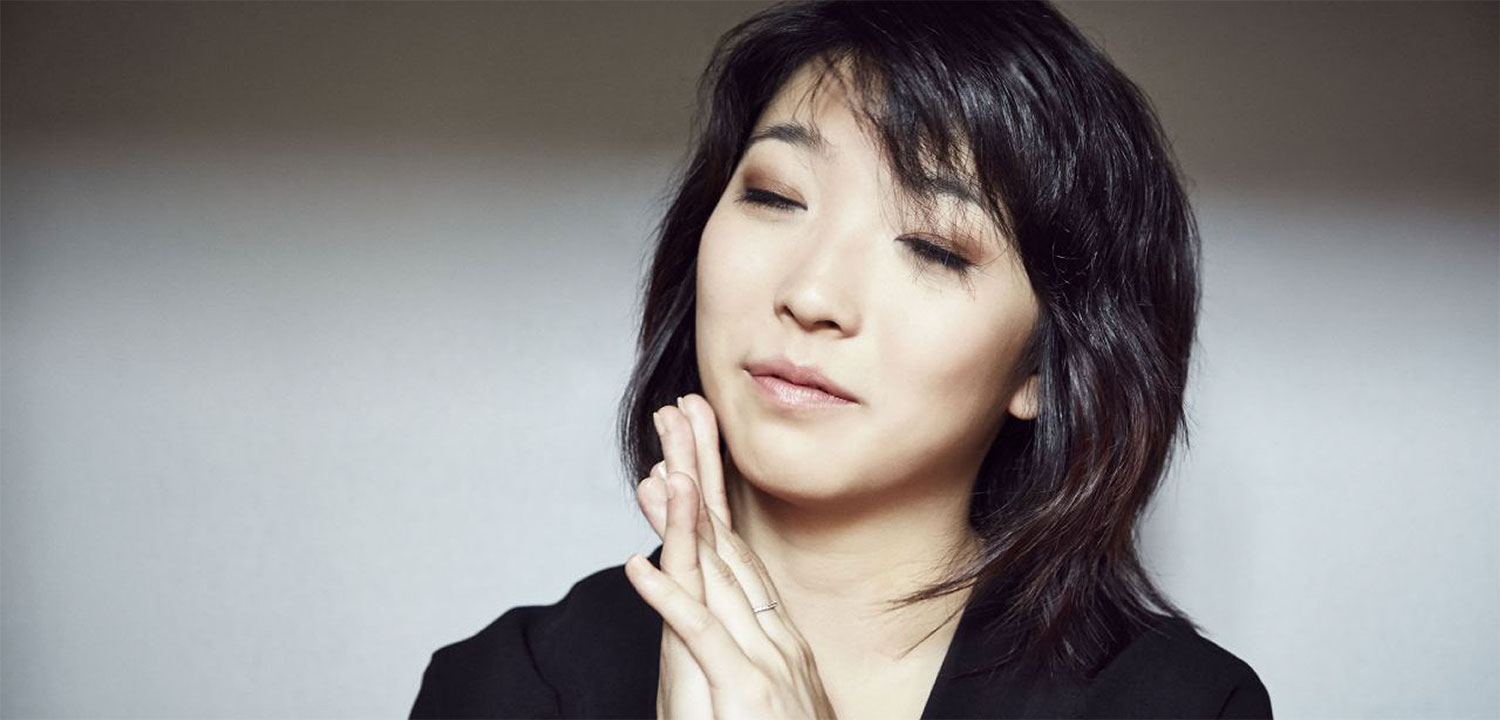The Helena Symphony continues its 64th Season on Saturday, January 26 at 7:30 p.m. in the Helena Civic Center with international superstar Pianist Claire Huangci, Saint-Saëns’ lush and witty Piano Concerto No. 2, and Brahms’ heartfelt and triumphant First Symphony.
Proclaimed to have “the fastest fingers in the world, American Pianist Claire Huangci is hailed as one of the greatest living pianists today. Considered a virtuoso prodigy since the age of 9 and playing in a concert for President Bill Clinton at the age of 10, Ms. Huangci came to national attention after winning a Young Artists Competition 17 years ago with Music Director Allan R. Scott as president of the jury. Since then, she and Maestro Scott have enjoyed nearly two decades of collaboration together. She currently resides in Germany, and her last performance with the Helena Symphony Orchestra was one of the most memorable in the Symphony’s six decade history.
Ms. Huangci has been awarded many grants, performed numerous concerts and won several prizes, long out-growing the image of a prodigy and coming into artistic maturity. With her technical brilliance, deep musical expression, playful virtuosity and her keen sensibility, she captures her audiences all over the world. Ms. Huangci is regarded as one of the premiere Chopin interpreters of her generation. She has acquired a diverse repertoire and has become one of the most sought-after pianists today. She regularly proves her diversity and interpretational skills performing with well-known orchestras such as the Essen Philharmonic, Stuttgart Radio Symphony Orchestra under the direction of Sir Roger Norrington, Berlin Symphony Orchestra, Munich Chamber Orchestra, China Philharmonic Orchestra, German Radio Philharmonic Saarbrucken, Indianapolis Symphony, Santa Fe Symphony, Moscow Radio Symphony, and the Istanbul State Symphony. Her several albums have been praised throughout the world and was recently awarded the German Record Critics’ Award and was selected as “Editor’s Choice” by Gramophone magazine.
As a child prodigy himself, Camille Saint-Saëns (1835-1921) made his debut piano recital at age 10, and as an encore he allowed the audience to choose any of Beethoven’s 32 piano sonatas for him to play from memory. His career as a soloist introduced all five of Beethoven’s piano concertos to the skeptical French audience of the mid-1800s. Saint-Saëns was enjoying a successful career in his 30s and had the admiration of his students and other legendary composers, including Berlioz, Gounod, Wagner, and especially Franz Liszt. Piano soloist Anton Rubenstein planned on a performance tour in Paris in 1868 and suggested to Saint-Saëns that they collaborate, with Rubenstein conducting and Saint-Saëns at the piano. There was a three-week wait for the concert hall, so Saint-Saëns decided to compose a new work for him to perform. His Piano Concerto No. 2 remains one of his most popular amongst audiences and pianists today.
While Saint-Saëns seemed a bit unhappy with the premiere performance of the Concerto it was widely successful. “This work quickly becomes an audience favorite,” explains Maestro Scott. “The outright speed of the pianist’s fingers in the entire last movement is enough of a showstopper, and Claire Huangci is frankly made for this masterpiece.”
The HSO also performs Brahms’ popular First Symphony. The precocious prodigy Mozart composed his first symphony at the age of nine; Mendelssohn was 15; Schubert was 16; Haydn was 25; Beethoven was 29; and Schumann reached the ripe old age of 31 before composing his first symphony. Johannes Brahms (1833-1897) unveiled his first symphony to the public at the age of 43; however, unlike the previous composers mentioned, Brahms’ first attempt immediately entered the mainstream of the symphonic repertoire. After Beethoven left the world nine great symphonies, very few composers attempted to rise to the challenge of writing a symphony.
As a craftsman, Brahms was a perfectionist and he sought to refine and finish every moment of music to absolute perfection. He offered advice to a fellow musician saying, “Go over it and over it again and again until there is not a bar you could improve on….Whether it is beautiful also is an entirely different matter, but perfect it must be.”
As a result, Brahms became the heir-apparent to Beethoven even before Brahms completed his first of only four symphonies. Brahms surpassed his contemporaries in his ability to control the intertwining melodic lines coupled with richly expressive harmonies. Yet all of this was framed in the methodical and structured styles of his immediate predecessors, like Beethoven, Mozart, and Haydn. Brahms’ imaginative skill to phrase a musical line with the seemingly perfect orchestral timbres and colors is unprecedented, even today.
“Admiration is a powerful thing,” says Maestro Scott. “Brahms was so awed by the works of Beethoven that Brahms was burdened by the legacy of Beethoven’s symphonies, saying ‘I shall never compose a symphony. You have no idea how it feels to be dogged by Beethoven’s footsteps; to hear behind you the tramp of a giant like Beethoven.’ And today his first of four symphonies remains one of the greatest symphonies of all time. Admiration is a powerful thing, but perfection is a rarity.”
Tickets can also be purchased ($55-$15 plus a $5 transaction fee) online, by calling the Symphony Box Office (406.442.1860), or visiting the Symphony Box Office located on the Walking Mall at the Livestock Building (2 N. Last Chance Gulch, Suite 1) between 10 a.m. and 4 p.m.

